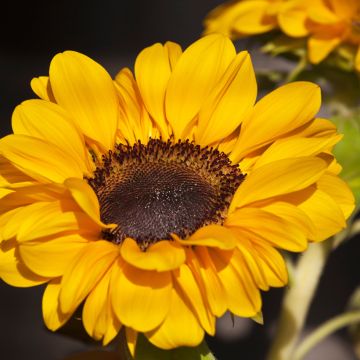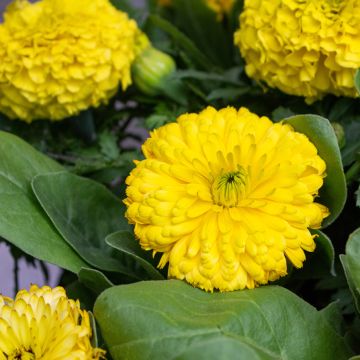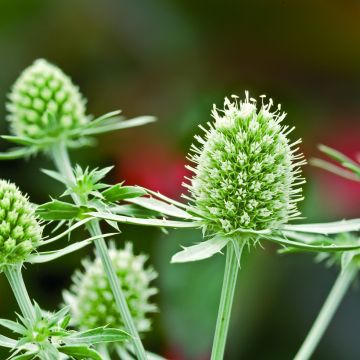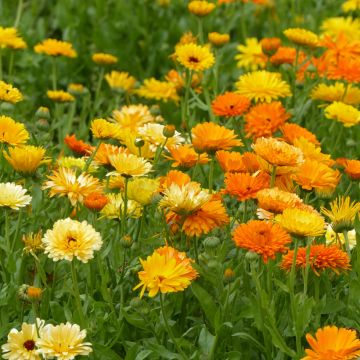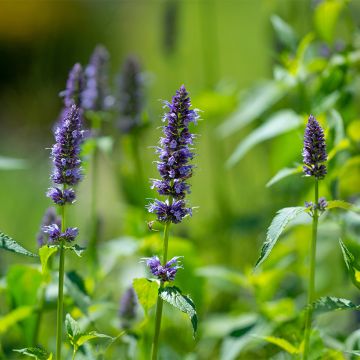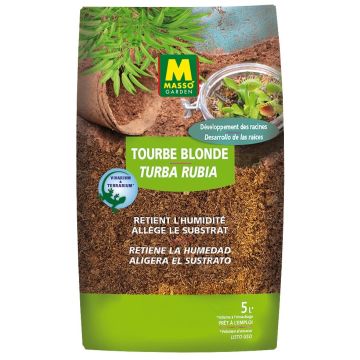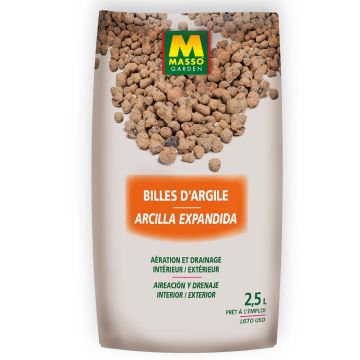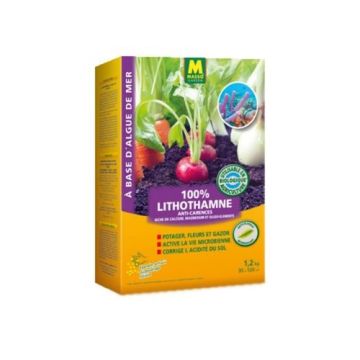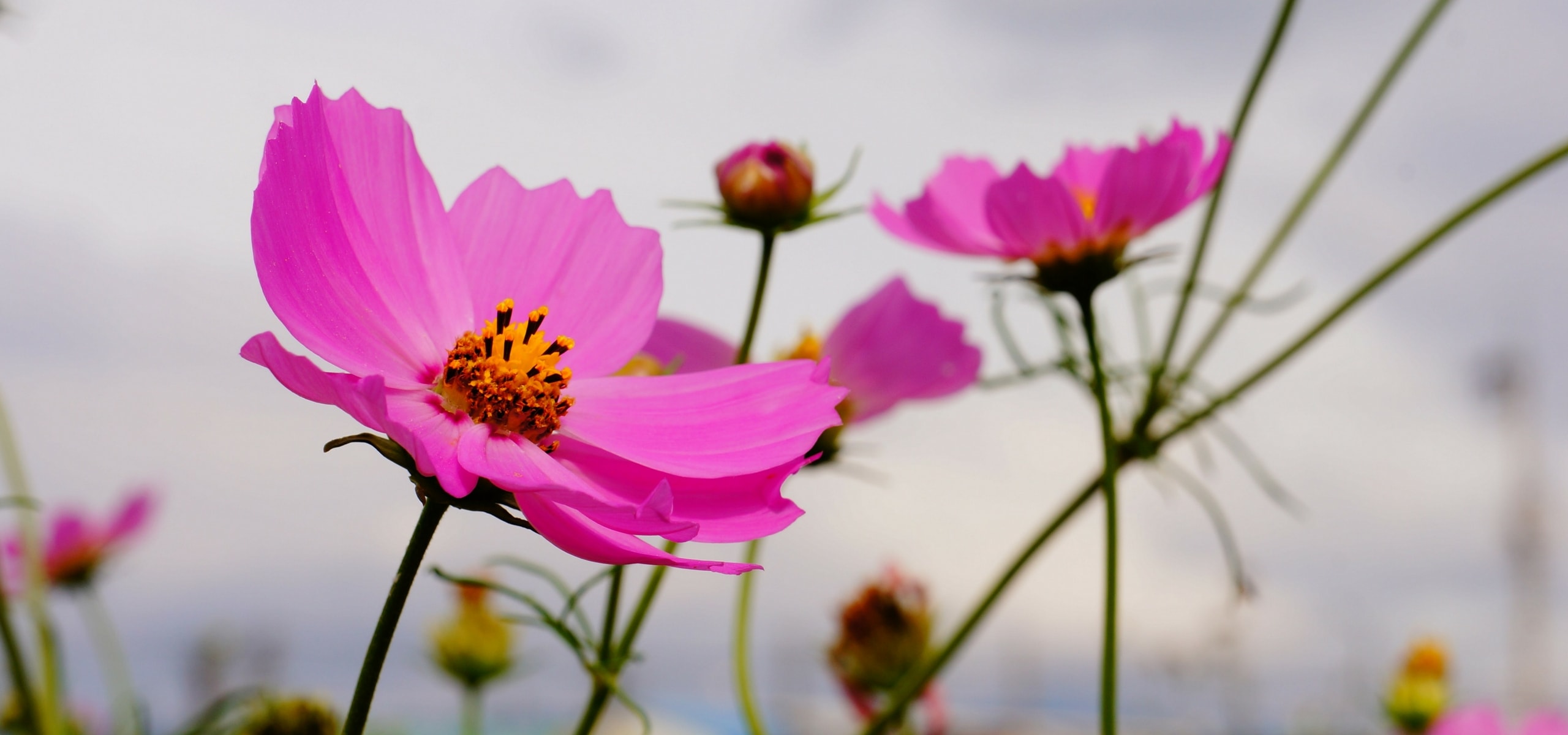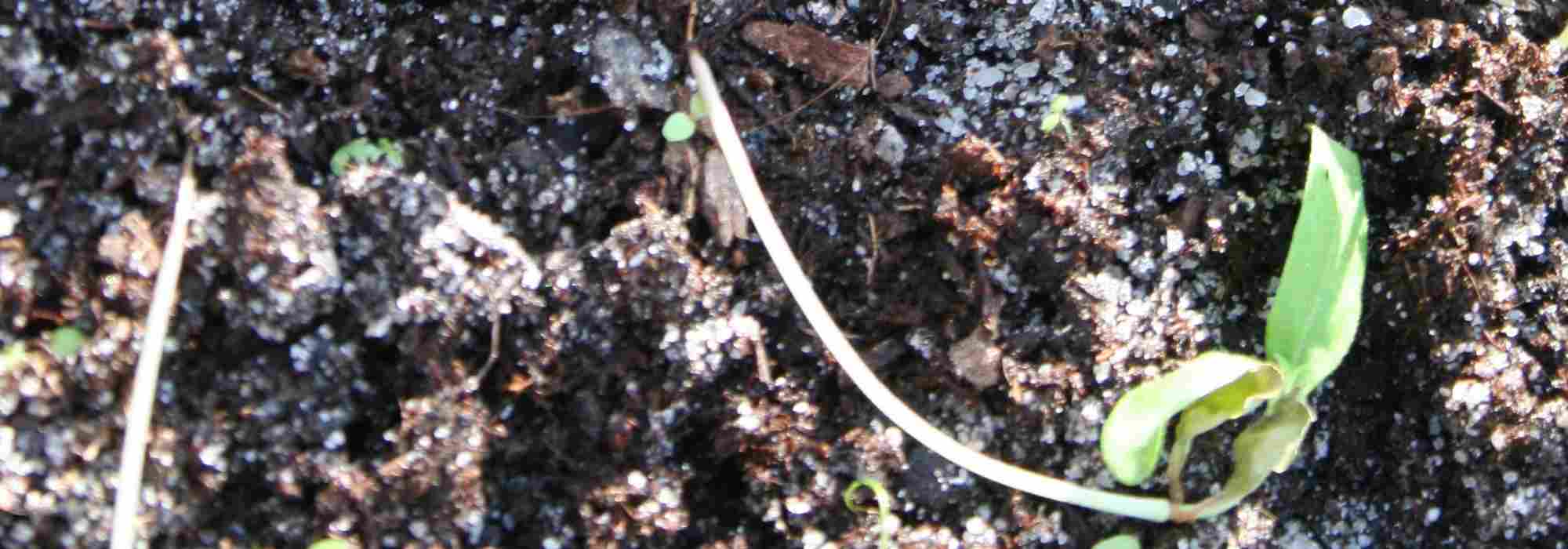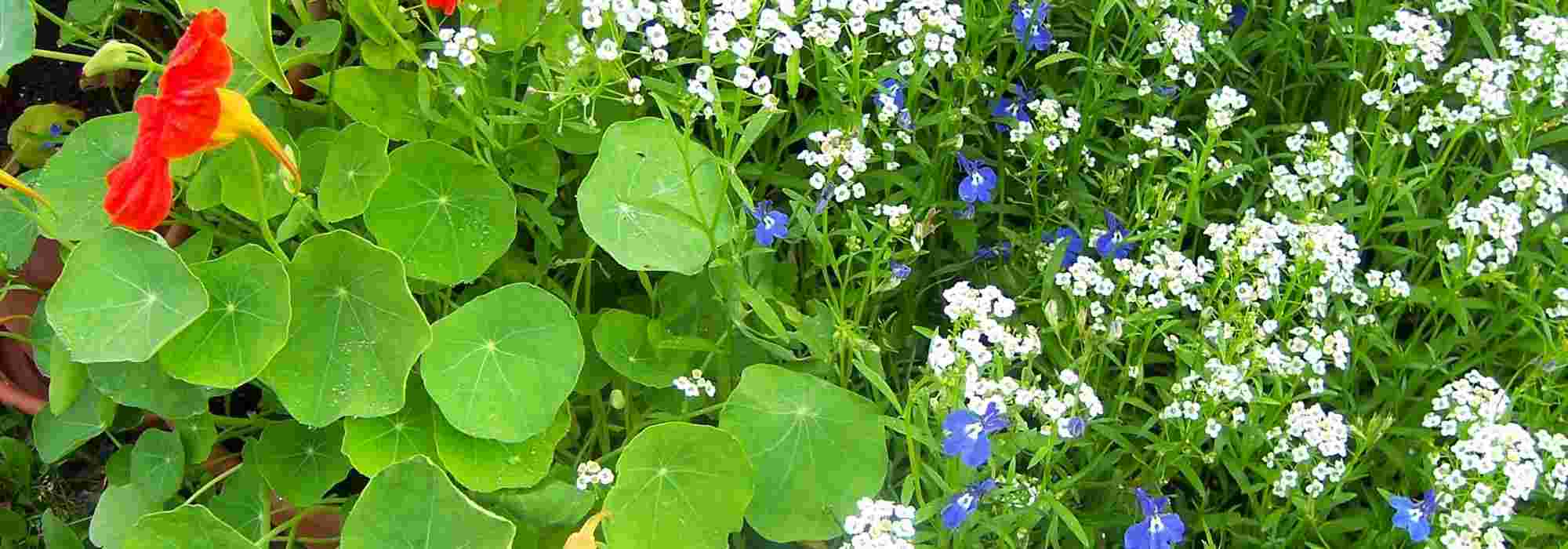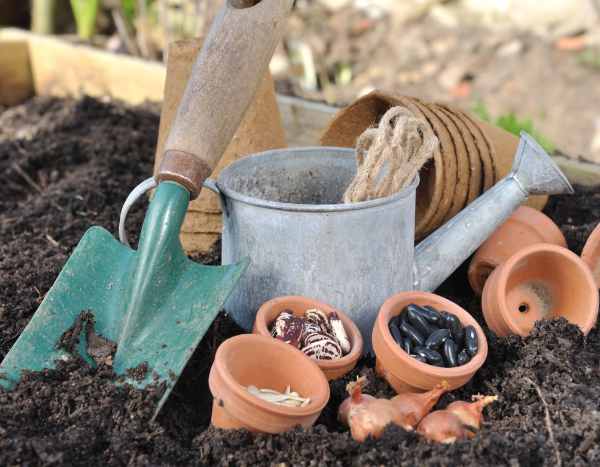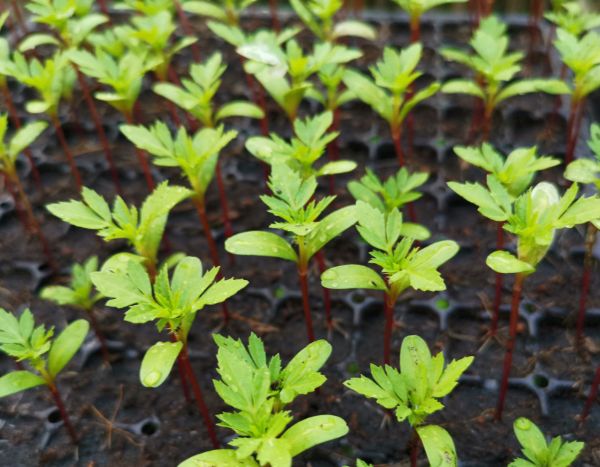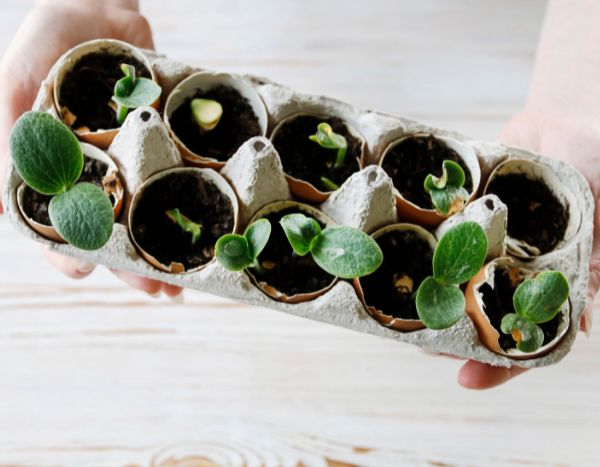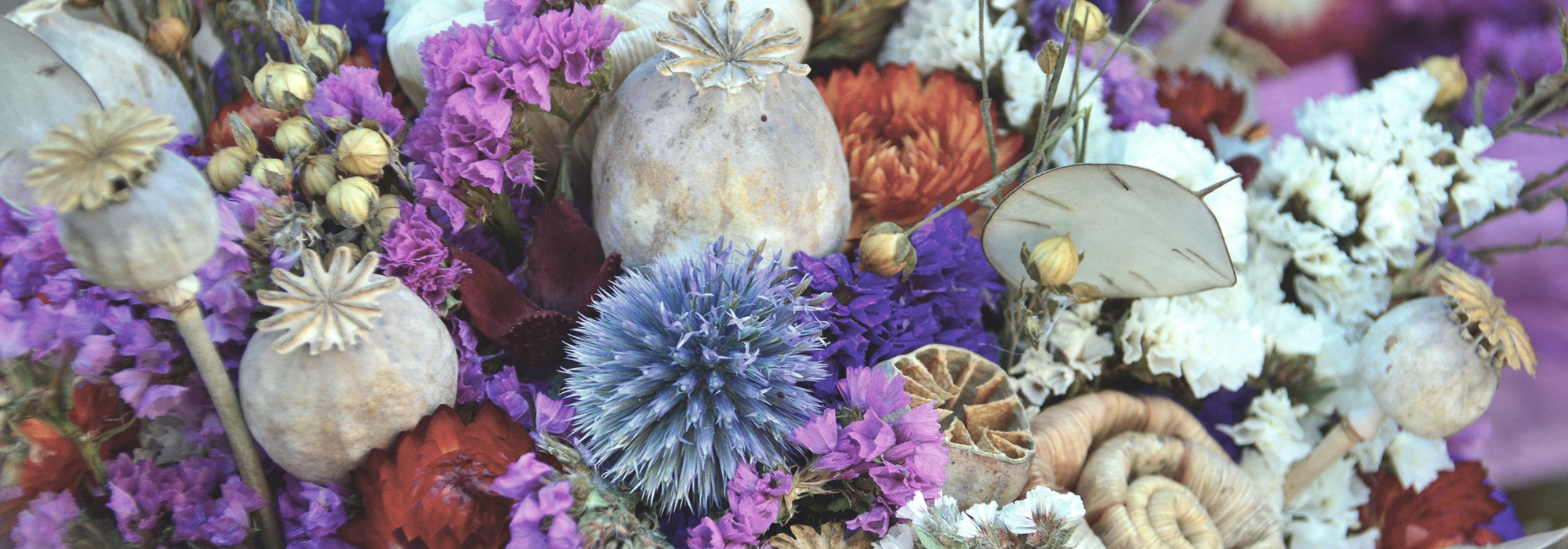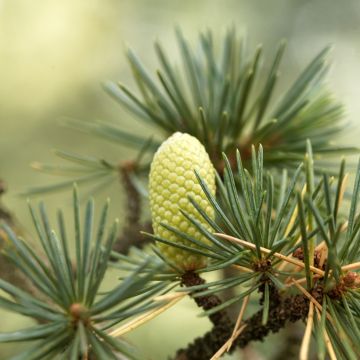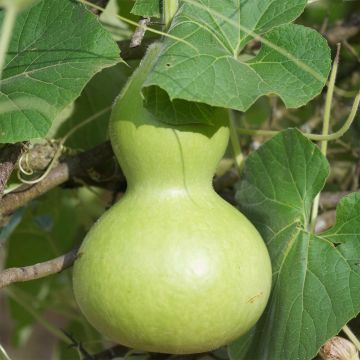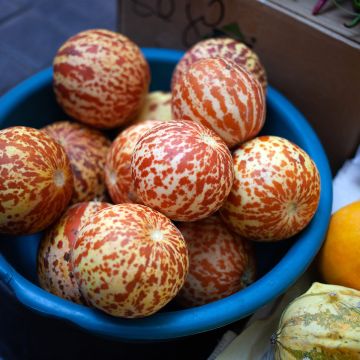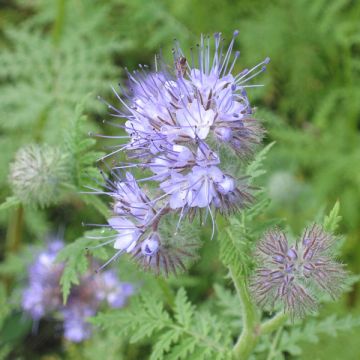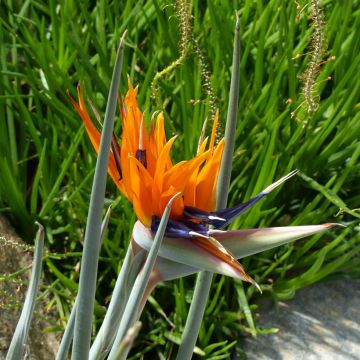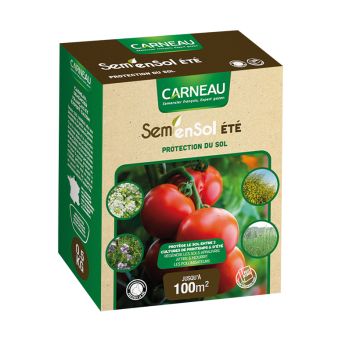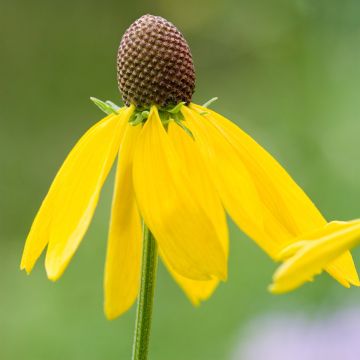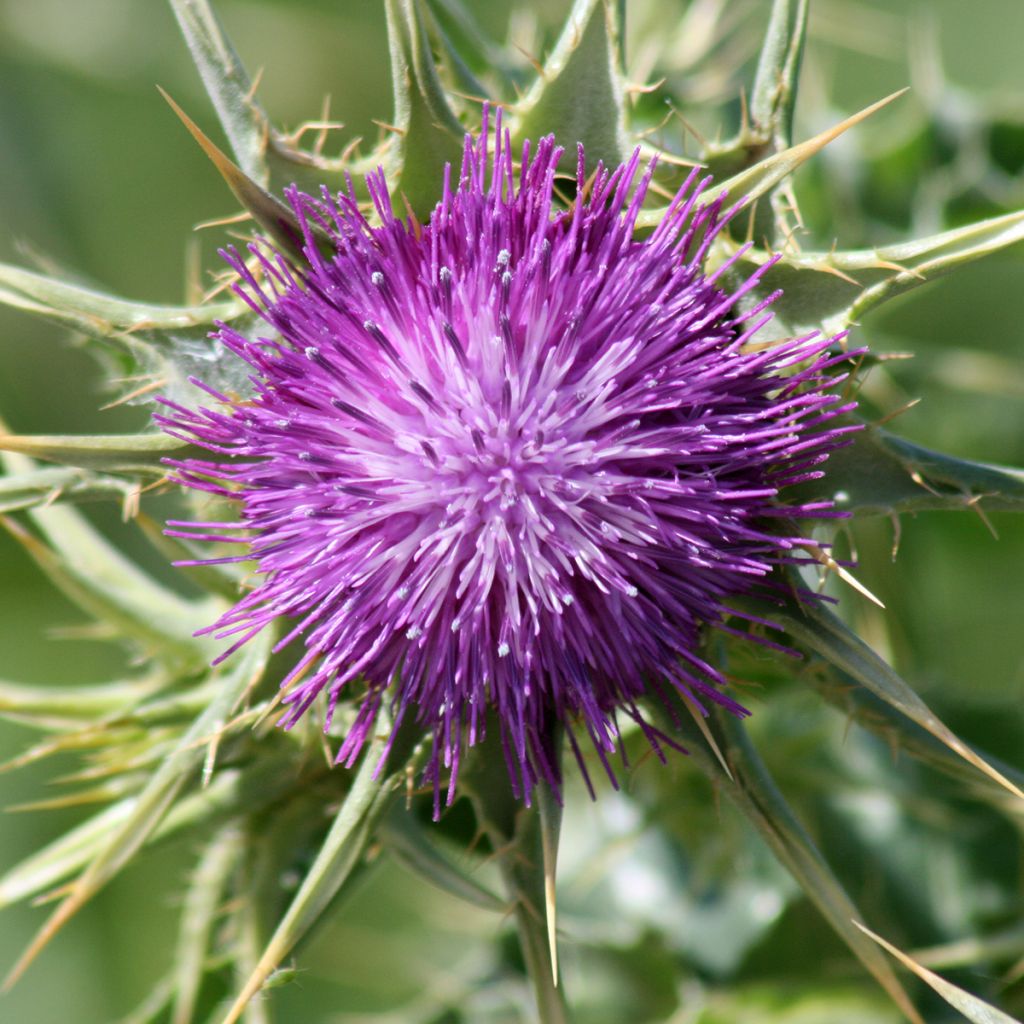

Silybum marianum - seeds
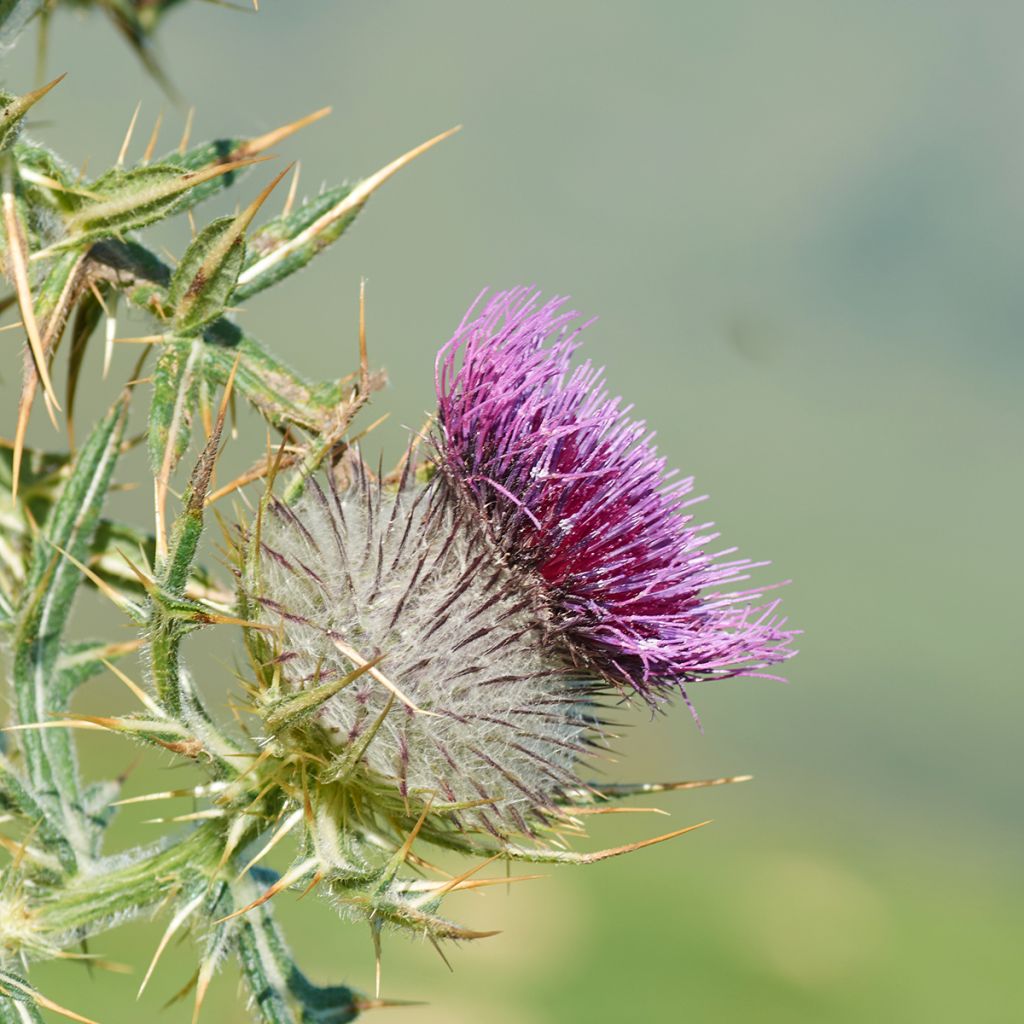

Silybum marianum - seeds
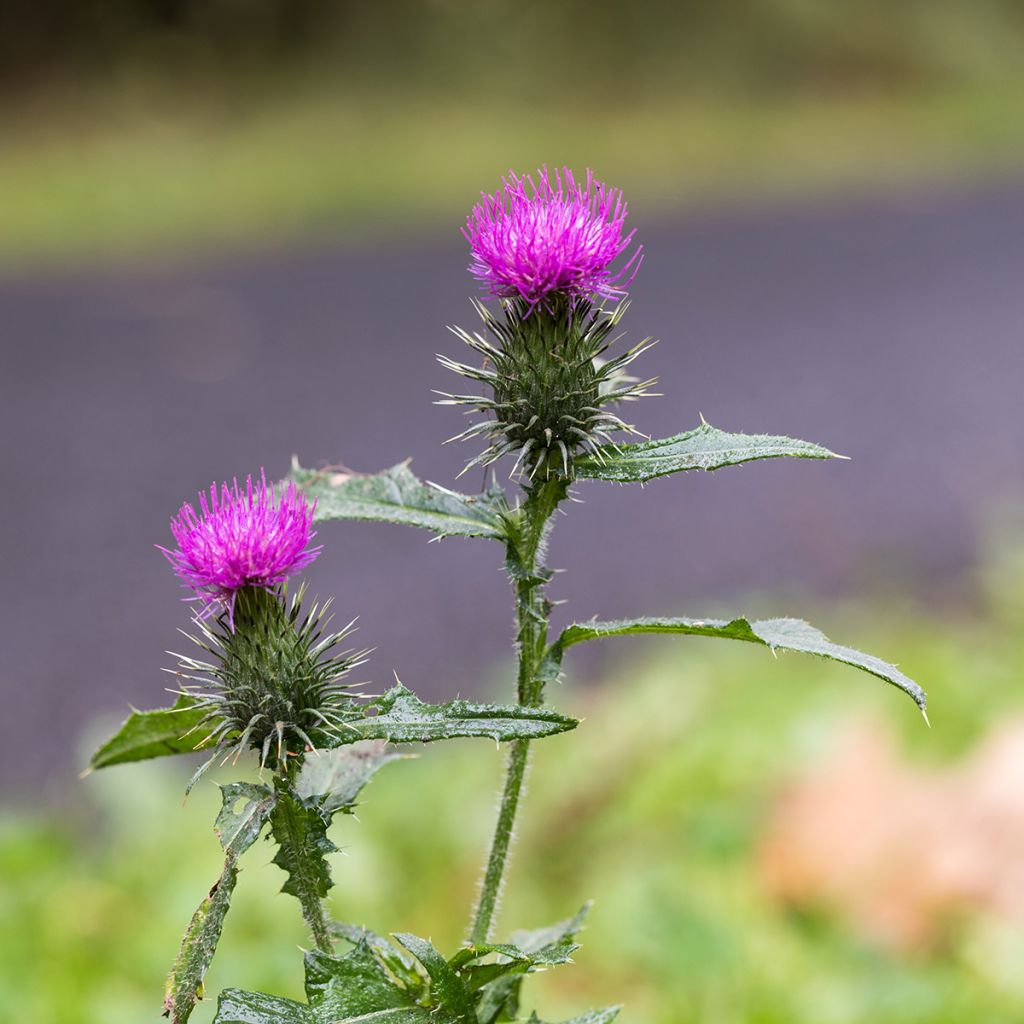

Silybum marianum - seeds
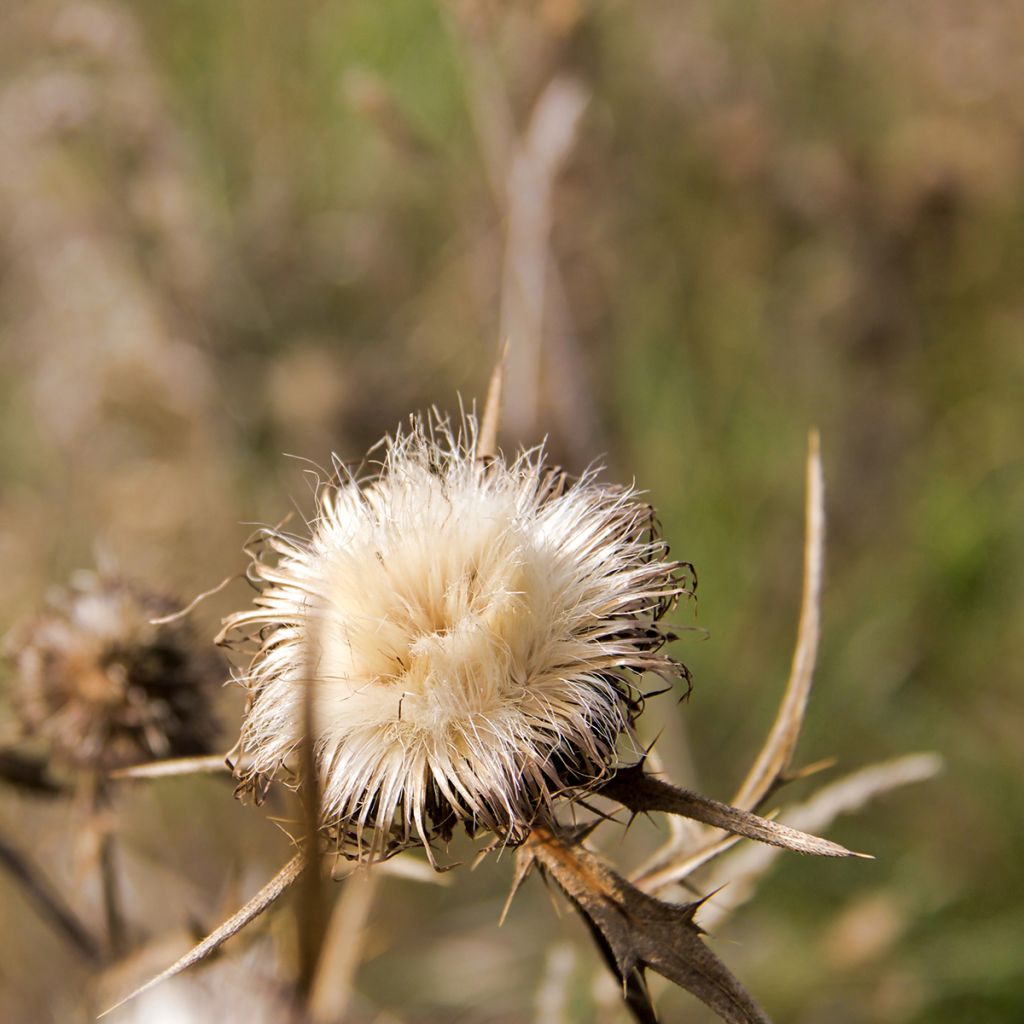

Silybum marianum - seeds
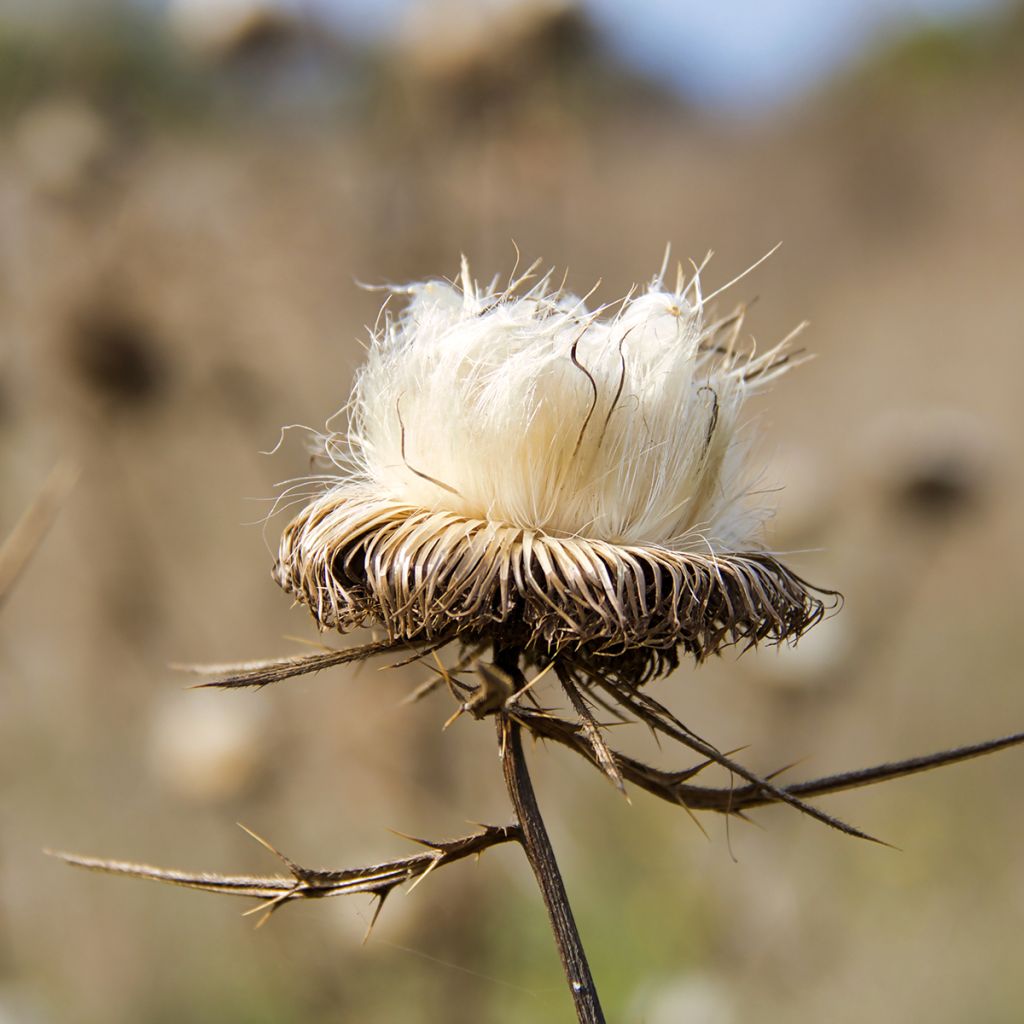

Silybum marianum - seeds
Silybum marianum - seeds
Silybum marianum
Milk thistle, Saint Mary's thistle, Marian thistle
Special offer!
Receive a €20 voucher for any order over €90 (excluding delivery costs, credit notes, and plastic-free options)!
1- Add your favorite plants to your cart.
2- Once you have reached €90, confirm your order (you can even choose the delivery date!).
3- As soon as your order is shipped, you will receive an email containing your voucher code, valid for 3 months (90 days).
Your voucher is unique and can only be used once, for any order with a minimum value of €20, excluding delivery costs.
Can be combined with other current offers, non-divisible and non-refundable.
Home or relay delivery (depending on size and destination)
Schedule delivery date,
and select date in basket
This plant carries a 6 months recovery warranty
More information
We guarantee the quality of our plants for a full growing cycle, and will replace at our expense any plant that fails to recover under normal climatic and planting conditions.
Would this plant suit my garden?
Set up your Plantfit profile →
Description
Silybum marianum or Milk Thistle is a tall, robust biennial plant, often reaching over 1m (3ft) in height, naturally found in the Mediterranean region. It forms a rosette of very prickly, dark green, shiny foliage with white marbled spots. It blooms between May and August with large solitary purple heads, with very spiny bracts. It is used in herbal medicine for its positive effects on liver function. This species thrives in sunlight and dry, acidic soils.
Silybum marianum or Milk Thistle, also known as silver thistle or wild artichoke, belongs to the asteraceae family and is the only known representative of the Silybum genus. As well as the Mediterranean region, it is also found in Southern Europe, Western Asia, North Africa, Australia, and North America. The plant first develops a evergreen rosette in winter, made up of long, spiny, grey-green leaves marbled with white, and covered in fine hairs. In the second year, tall, branched stems emerge in summer, bearing large, mauve inflorescences resembling artichoke flowers with very spiny bracts. It is relatively hardy in well-drained soil and self-seeds in a natural garden, in a large rockery, or a sunny border. The flowers are followed by numerous seeds, which easily germinate in light soil. The entire plant is edible. The main compound in the plant, silymarin, has detoxifying and hepatoprotective properties and is contained in the seeds, which are also edible.
Milk Thistle is better suited to a wild garden or natural rockery than an urban garden. It self-seeds everywhere, in the tiniest crack where its seed can find a place. It looks particularly stunning in sloping gardens on hills or mountains, alongside blue delphiniums, aconites, and pink or purple roses in moist soil, but it also pairs well with tall ornamental grasses (Panicum virgatum, Miscanthus sinensis), agapanthus, lavender and rosemary, or tall mulleins in drier gardens.
Report an error about the product description
Flowering
Foliage
Plant habit
Botanical data
Silybum
marianum
Asteraceae
Milk thistle, Saint Mary's thistle, Marian thistle
Mediterranean
Other Flower seeds A to Z
View all →Planting and care
Sowing:
Sow Milk Thistle under cover in February, or directly in place in April.
In February: sow on the surface of light and well-draining seed compost, moisten it, then lightly cover the seeds with a thin layer of compost or fine quality vermiculite. Place the container in a heated propagator, or a polythene bag, maintained at 15-20°C (59-68°F). Germination can take 1 month. Keep the sowing near a source of light, as this facilitates germination.
Transplant the young plants when they are large enough to handle into 8 cm (3in) trays or pots. Gradually acclimatise them to cooler conditions for a few weeks before planting them out, after all risk of frost, with a spacing of 45-60 cm (18-24in).
Sowing in place is also possible, between April and May. Prepare the soil by weeding it and removing surface stones with a rake. After sowing, lightly firm the soil.
Cultivation:
Milk Thistle thrives in full sun, in ordinary soil, lightened with coarse sand or gravel, which is light and well-draining. Prune the spent stems after flowering if you wish to avoid self-seeding.
Sowing period
Intended location
Planting & care advice
This item has not been reviewed yet - be the first to leave a review about it.
Similar products
Haven't found what you were looking for?
Hardiness is the lowest winter temperature a plant can endure without suffering serious damage or even dying. However, hardiness is affected by location (a sheltered area, such as a patio), protection (winter cover) and soil type (hardiness is improved by well-drained soil).

Photo Sharing Terms & Conditions
In order to encourage gardeners to interact and share their experiences, Promesse de fleurs offers various media enabling content to be uploaded onto its Site - in particular via the ‘Photo sharing’ module.
The User agrees to refrain from:
- Posting any content that is illegal, prejudicial, insulting, racist, inciteful to hatred, revisionist, contrary to public decency, that infringes on privacy or on the privacy rights of third parties, in particular the publicity rights of persons and goods, intellectual property rights, or the right to privacy.
- Submitting content on behalf of a third party;
- Impersonate the identity of a third party and/or publish any personal information about a third party;
In general, the User undertakes to refrain from any unethical behaviour.
All Content (in particular text, comments, files, images, photos, videos, creative works, etc.), which may be subject to property or intellectual property rights, image or other private rights, shall remain the property of the User, subject to the limited rights granted by the terms of the licence granted by Promesse de fleurs as stated below. Users are at liberty to publish or not to publish such Content on the Site, notably via the ‘Photo Sharing’ facility, and accept that this Content shall be made public and freely accessible, notably on the Internet.
Users further acknowledge, undertake to have ,and guarantee that they hold all necessary rights and permissions to publish such material on the Site, in particular with regard to the legislation in force pertaining to any privacy, property, intellectual property, image, or contractual rights, or rights of any other nature. By publishing such Content on the Site, Users acknowledge accepting full liability as publishers of the Content within the meaning of the law, and grant Promesse de fleurs, free of charge, an inclusive, worldwide licence for the said Content for the entire duration of its publication, including all reproduction, representation, up/downloading, displaying, performing, transmission, and storage rights.
Users also grant permission for their name to be linked to the Content and accept that this link may not always be made available.
By engaging in posting material, Users consent to their Content becoming automatically accessible on the Internet, in particular on other sites and/or blogs and/or web pages of the Promesse de fleurs site, including in particular social pages and the Promesse de fleurs catalogue.
Users may secure the removal of entrusted content free of charge by issuing a simple request via our contact form.
The flowering period indicated on our website applies to countries and regions located in USDA zone 8 (France, the United Kingdom, Ireland, the Netherlands, etc.)
It will vary according to where you live:
- In zones 9 to 10 (Italy, Spain, Greece, etc.), flowering will occur about 2 to 4 weeks earlier.
- In zones 6 to 7 (Germany, Poland, Slovenia, and lower mountainous regions), flowering will be delayed by 2 to 3 weeks.
- In zone 5 (Central Europe, Scandinavia), blooming will be delayed by 3 to 5 weeks.
In temperate climates, pruning of spring-flowering shrubs (forsythia, spireas, etc.) should be done just after flowering.
Pruning of summer-flowering shrubs (Indian Lilac, Perovskia, etc.) can be done in winter or spring.
In cold regions as well as with frost-sensitive plants, avoid pruning too early when severe frosts may still occur.
The planting period indicated on our website applies to countries and regions located in USDA zone 8 (France, United Kingdom, Ireland, Netherlands).
It will vary according to where you live:
- In Mediterranean zones (Marseille, Madrid, Milan, etc.), autumn and winter are the best planting periods.
- In continental zones (Strasbourg, Munich, Vienna, etc.), delay planting by 2 to 3 weeks in spring and bring it forward by 2 to 4 weeks in autumn.
- In mountainous regions (the Alps, Pyrenees, Carpathians, etc.), it is best to plant in late spring (May-June) or late summer (August-September).
The harvesting period indicated on our website applies to countries and regions in USDA zone 8 (France, England, Ireland, the Netherlands).
In colder areas (Scandinavia, Poland, Austria...) fruit and vegetable harvests are likely to be delayed by 3-4 weeks.
In warmer areas (Italy, Spain, Greece, etc.), harvesting will probably take place earlier, depending on weather conditions.
The sowing periods indicated on our website apply to countries and regions within USDA Zone 8 (France, UK, Ireland, Netherlands).
In colder areas (Scandinavia, Poland, Austria...), delay any outdoor sowing by 3-4 weeks, or sow under glass.
In warmer climes (Italy, Spain, Greece, etc.), bring outdoor sowing forward by a few weeks.
































